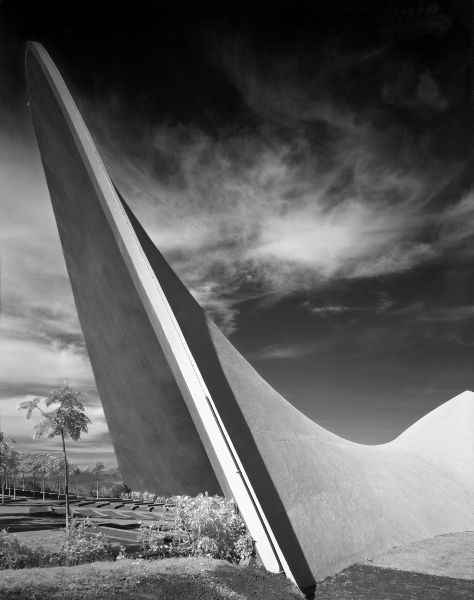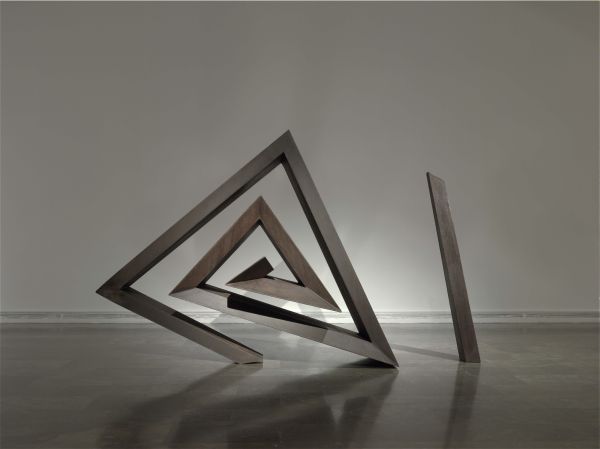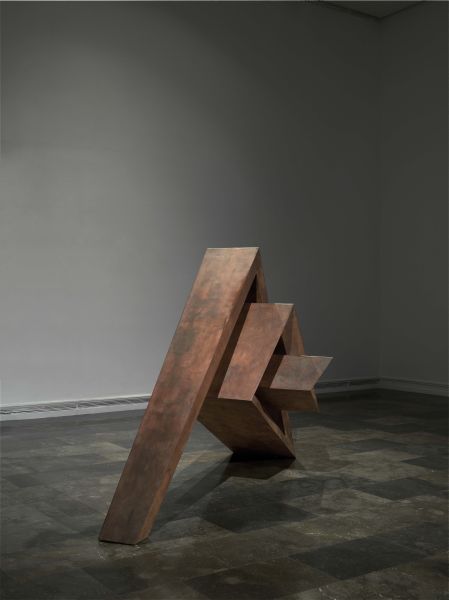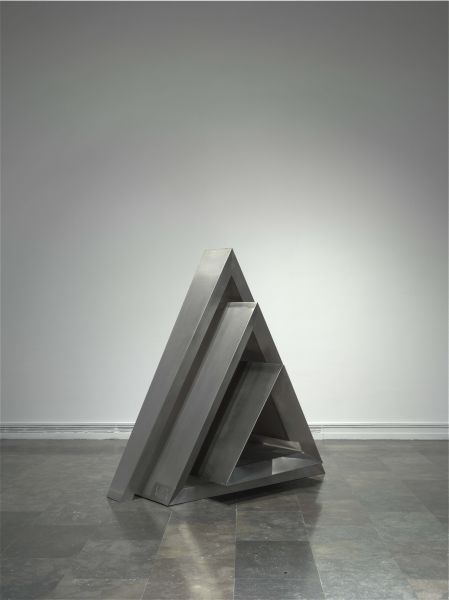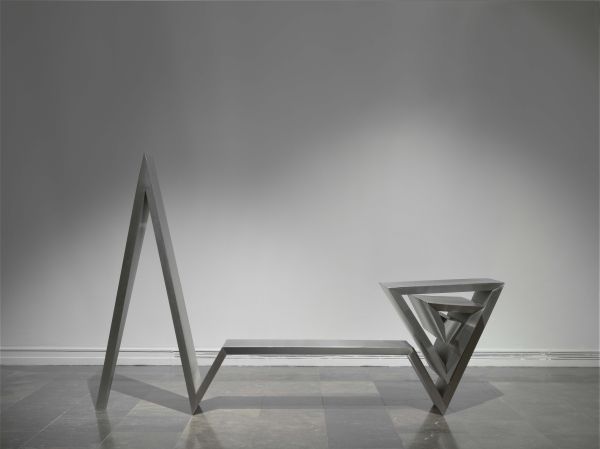Félix Candela
1910 - 2010
This exhibition, organised by the State Society for Cultural Commemoration (SECC) and the Institut Valencià d’Art Modern (IVAM) with the collaboration of the National Autonomous University of Mexico (UNAM) commemorates the centenary of Félix Candela’s birth. It brings together, for the first time, a selection from the three archives that preserve his legacy: Columbia University’s Félix Candela Archive, Princeton University’s Félix and Dorothy Candela Archive and the UNAM’s Candela Martín Archive. The selection consists of original plans, period photographs and documents, ranging from his university notes to notebooks related to lectures and projects belonging to his final years, when he was already an architect of international prestige. The show is organised around 21 models of Candela’s main projects, made for this exhibition by the UNAM’s Architecture Department. A further section includes a selection of photographs about his work by renowned photographers such as Armando Salas Portugal, George Miller, Juan Guzmán and Nacho López. There will also be showings of three videos about his work by the Mexican artist Onnis Luque, a documentary, Aquella primavera creadora (That Creative Springtime), which places Candela’s work in the context of his contemporaries, and animations of 20 emblematic works. Prizes and awardsHe was awarded the International Union of Architects’ Auguste Perret Prize and the Institution of Structural Engineers’ Gold Medal, both in 1961, eight days apart. He also received the Spanish Architects’ Associations’ Gold Medal for Architecture in 1981 and the Antonio Camuñas Architecture Prize in 1985. He was awarded honorary doctorates by the University of New Mexico (1978), Santa María University in Caracas (1978), Seville University (1990) and Madrid Polytechnic University (1994). In 1961–62 he chaired the Charles Eliot Norton Lectures at Harvard University and from 1974 to 1977 he held the honorary title of Hoffman Wood Professor of Architecture at the University of Leeds. Personal lifeHis childhood and adolescence were spent in Spain, and he graduated in Architecture in Madrid in 1935. He was awarded a Conde de Cartagena scholarship by the Real Academia de Bellas Artes de San Fernando to study in Germany, but was unable to do because of the outbreak of the Civil War. As a young man he was also an outstanding all-round sportsman. In the health-conscious culture that prevailed at the time, he practised a number of different sports: he was the Castile pole vault champion and played in the Spanish rugby team, although the sport in which he excelled was skiing, and he was the Spanish ski jump champion in 1932. He fought as a Captain in the Republican Army’s Engineers during the Civil War. At the age of 29 he went into exile in Mexico, where he reached his professional peak and achieved creative fulfilment by building emblematic works such as the Cosmic Rays Pavilion (1951) or the Sports Palace for the Mexico City Olympics (1968). In 1971 he emigrated to the United States, where he spent his last years devoted to academic activity and professional consultancy. In Spain there is a posthumous work by him, the roof of the restaurant of the Oceanogràfic, Valencia’s oceanographic museum.
